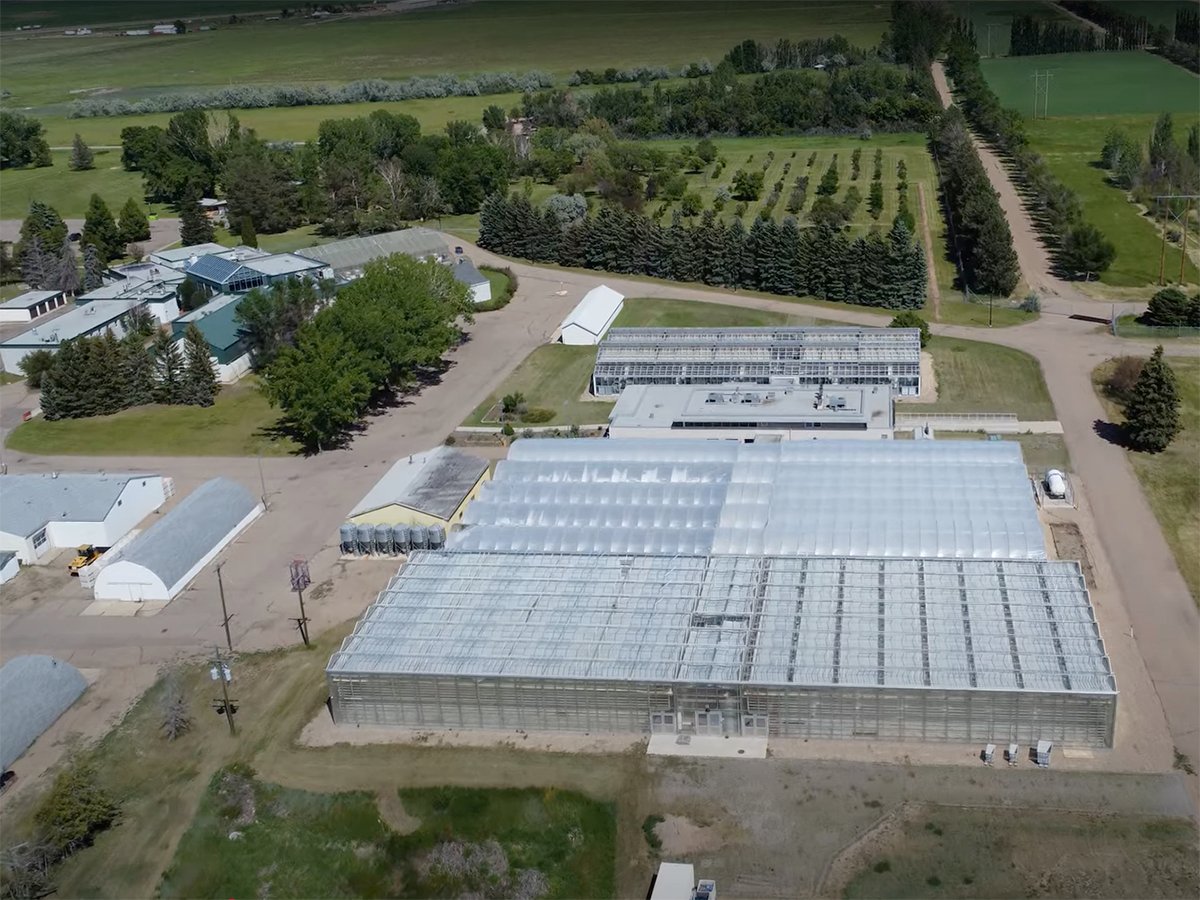WINNIPEG — As vexing as the current trade environment might be, Canada has to recognize there were issues long before U.S. president Donald Trump and his on-again, off-again tariffs came along, said panelists at a policy summit last month.
“We’re not really in a different place,” said Cal Bricker, chief executive officer of Spirits Canada.
“Our trading relationship with the United States has always been kind of a fraught situation.”
Read Also

Alberta crop diversification centres receive funding
$5.2 million of provincial funding pumped into crop diversity research centres
He said recent months are the current iteration of this relationship, although more acute and with rhetoric many Canadians find more offensive.
However, he said Trump’s strategy is more coherent than it may seem, and Canada hasn’t quite figured out how to behave in that context. Americans found the post-Second World War order didn’t work for them and are looking to regain manufacturing and trade power.
The trade panel was part of the Canadian Federation of Agriculture’s policy summit held during its summer board meeting.
Eric Harvey, CEO of the Railway Association of Canada, said the Canadian economy has been challenged in the last 10 years because gross domestic product growth from trade is essentially flat. Canada did not invest at the same pace as the U.S., he added.
“We believe that the very first thing that we need to do is start investing in this country and certainly our infrastructure, including transportation, but also in production and to increase our efficiencies,” he said.
“The only way to change that is to change the tax framework that applies to investments.”
The “big beautiful bill” in the United States allows investments to be amortized in the first year they are made, which will significantly affect Canada because it takes years to amortize those same investments in this country.
Harvey pointed to impacts on agricultural trade from the length of time it takes to construct projects in Canada to labour instability as concerns in this new environment.
Ken Larson, CEO of agricultural and industrial retailer Princess Auto, said there is uncertainty in all marketplaces.
“I do think it’s important to say that we’ve seen these conditions before, and I’m a firm believe that you don’t let a good crisis go to waste,” he said.
Larson said lessons learned during the pandemic can be applied today.
“We’re seeing that same uncertainty and every day shifting and twisting based on somebody’s tweet,” Larson said.
“But I don’t think we should think of it any differently than we thought (during COVID).”
Larson said the unity across Canada because of Trump’s social media posts positions the country well to focus internally.
However, he said government has to both get out of the way and solidify the supply chain so the economy can grow.
Harvey said rail could move more goods east-west, but the question is how much. It’s unknown how much trade would shift that direction, although likely not very much, and what infrastructure would be required.
For pork producers, north-south trade is crucial. Renee Roy, chair of the Canadian Pork Council, said the reality is live hogs have to move that way.
Japanese markets for pork have really expanded in the last six months, as have Mexican purchases, but diversification only goes so far.
“There is only one way that we can go (with live animals). It’s south. We cannot go north with our pork, with our pigs, and we do not swim far enough to go in another country. We have some realities that we have to live with, and you have to adapt to this,” Roy said.
He said it’s not just the government’s job to fight the trade fight. Industry has a role, too, and it must be unified.
For Bricker and the spirits industry, being caught in the crosshairs of tariff retaliation from the government is that sector’s reality.
Ottawa placed a 25 per cent tariff on U.S. imports earlier this year, and provincial liquor boards followed suit by banning the sale of U.S. products. Bricker said Canada actually sells more liquor into the U.S. than it buys.
“We actually sell three times more in value, 12 times more in volume, to the United States than we import,” he said.
The second problem with this strategy was that Canadian liquor is Canada-U.S.-Mexico Agreement-compliant, so no retaliation was required.
Bricker said some government actions are done for domestic political reasons but make no economic sense, and that has to change.
Canadian traders have to be nimble and smart but don’t have to antagonize the U.S., he said.
“We’ve got a bunch of other issues that we have to deal with, that Canadians are going to have to get their head around, particularly the productivity crisis that we have in this country,” he said.
















